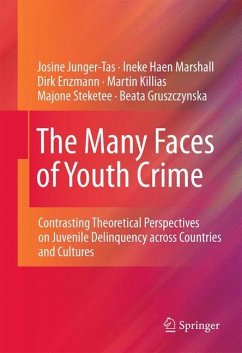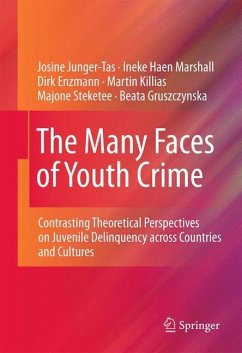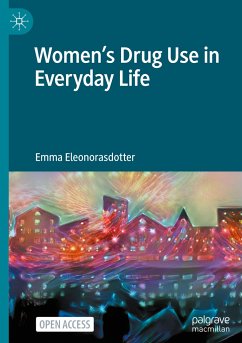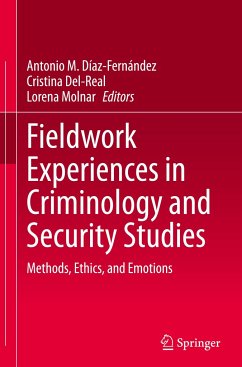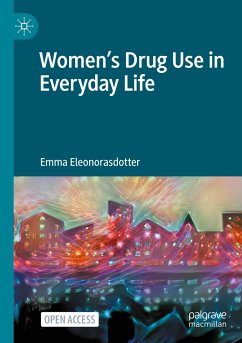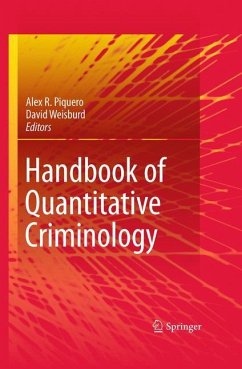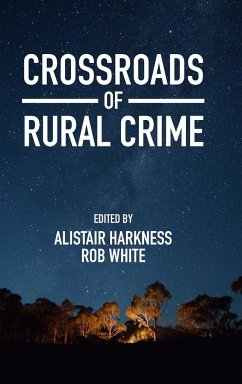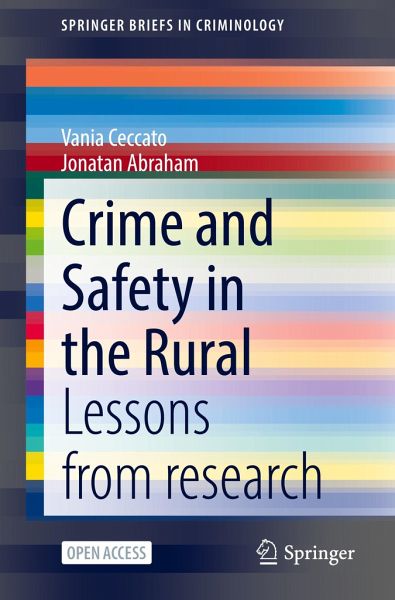
Crime and Safety in the Rural
Lessons from research
Versandkostenfrei!
Versandfertig in 6-10 Tagen
32,09 €
inkl. MwSt.

PAYBACK Punkte
0 °P sammeln!
Criminology has until recently neglected the nature and levels of crime outside the urban realm. This is not a surprise as crime tends to concentrate in urban areas and the police directs resources where the problems are. Yet, there are many reasons why scholars, decision-makers and society as a whole should care about crime and safety in rural areas. This book highlights 20 reasons why crime and safety in rural areas is a topic of relevance. We attempt to untangle currently simplistic views of the rural by discussing a number of facets of the countryside as both safe and criminogenic, and mor...
Criminology has until recently neglected the nature and levels of crime outside the urban realm. This is not a surprise as crime tends to concentrate in urban areas and the police directs resources where the problems are. Yet, there are many reasons why scholars, decision-makers and society as a whole should care about crime and safety in rural areas. This book highlights 20 reasons why crime and safety in rural areas is a topic of relevance. We attempt to untangle currently simplistic views of the rural by discussing a number of facets of the countryside as both safe and criminogenic, and more importantly, a hybrid place worth to be examined in its own right. We adopt the notion of a rural-urban continuum that captures the nuances of places of varied nature, spanning from remote and desolate spaces to accessible and connected environments of the urban fringe. Areas on the rural-urban continuum may be in constant transformation given local and global influences, which imposeschallenges for policing and long-term social sustainability.
Then, the book critically reviews a rich body of English-language literature in rural criminology that extends over more than four decades-a scholarship that has engaged researchers and practitioners in all continents. The books finishes with a discussion of the emergent research questions of the field, and offers implications for practice and the 2030 Sustainable Development Goals.
Then, the book critically reviews a rich body of English-language literature in rural criminology that extends over more than four decades-a scholarship that has engaged researchers and practitioners in all continents. The books finishes with a discussion of the emergent research questions of the field, and offers implications for practice and the 2030 Sustainable Development Goals.



